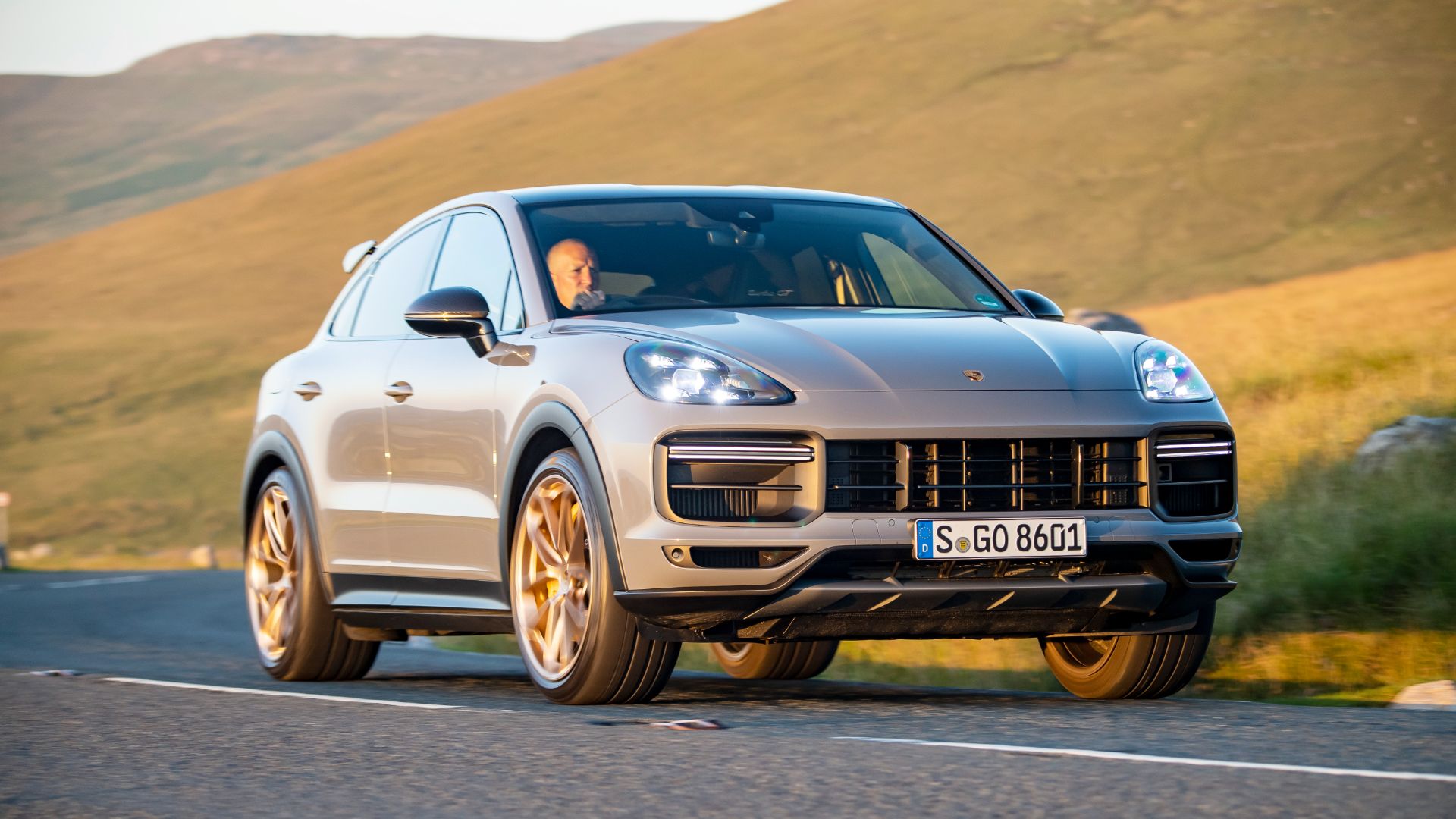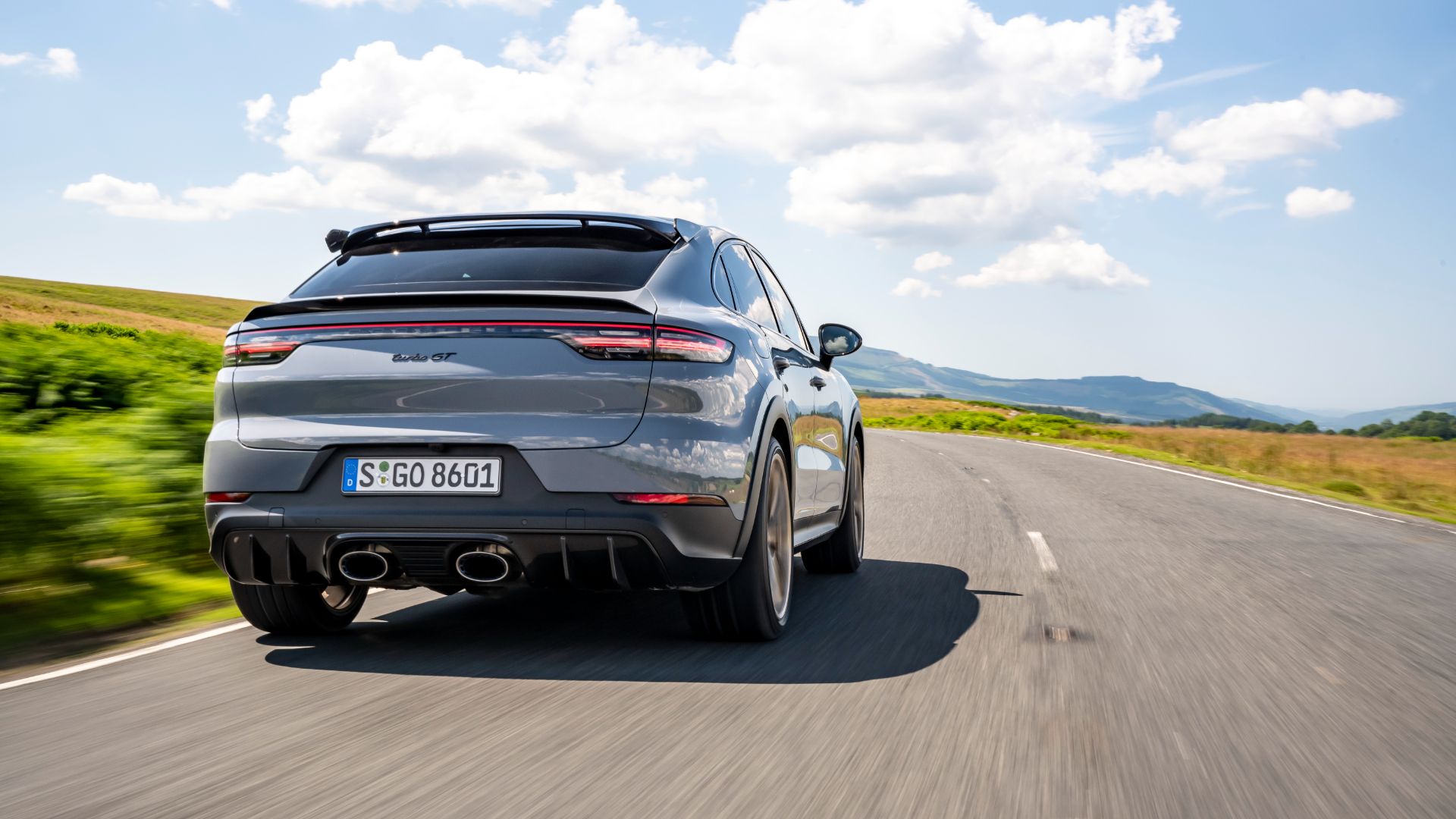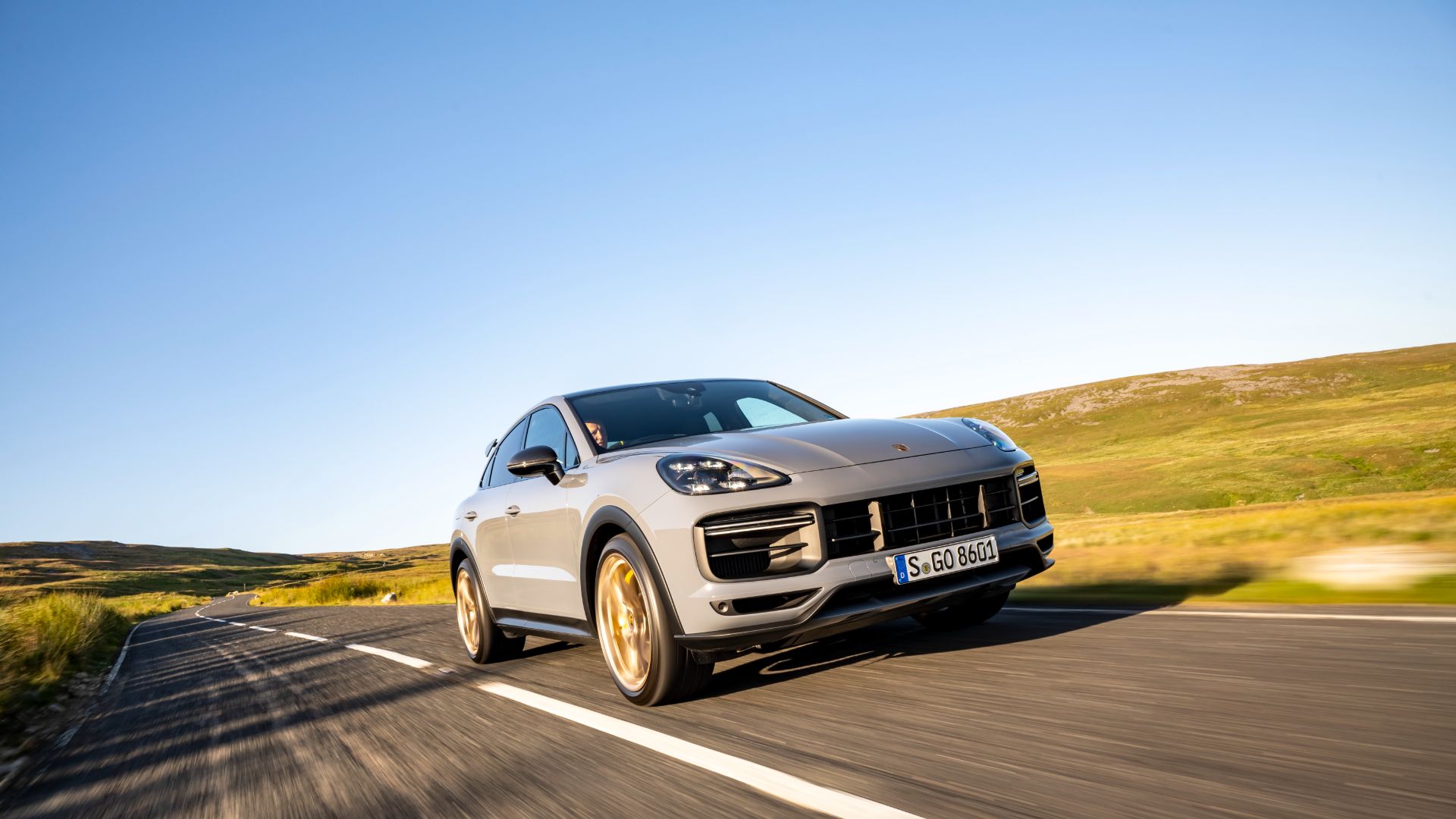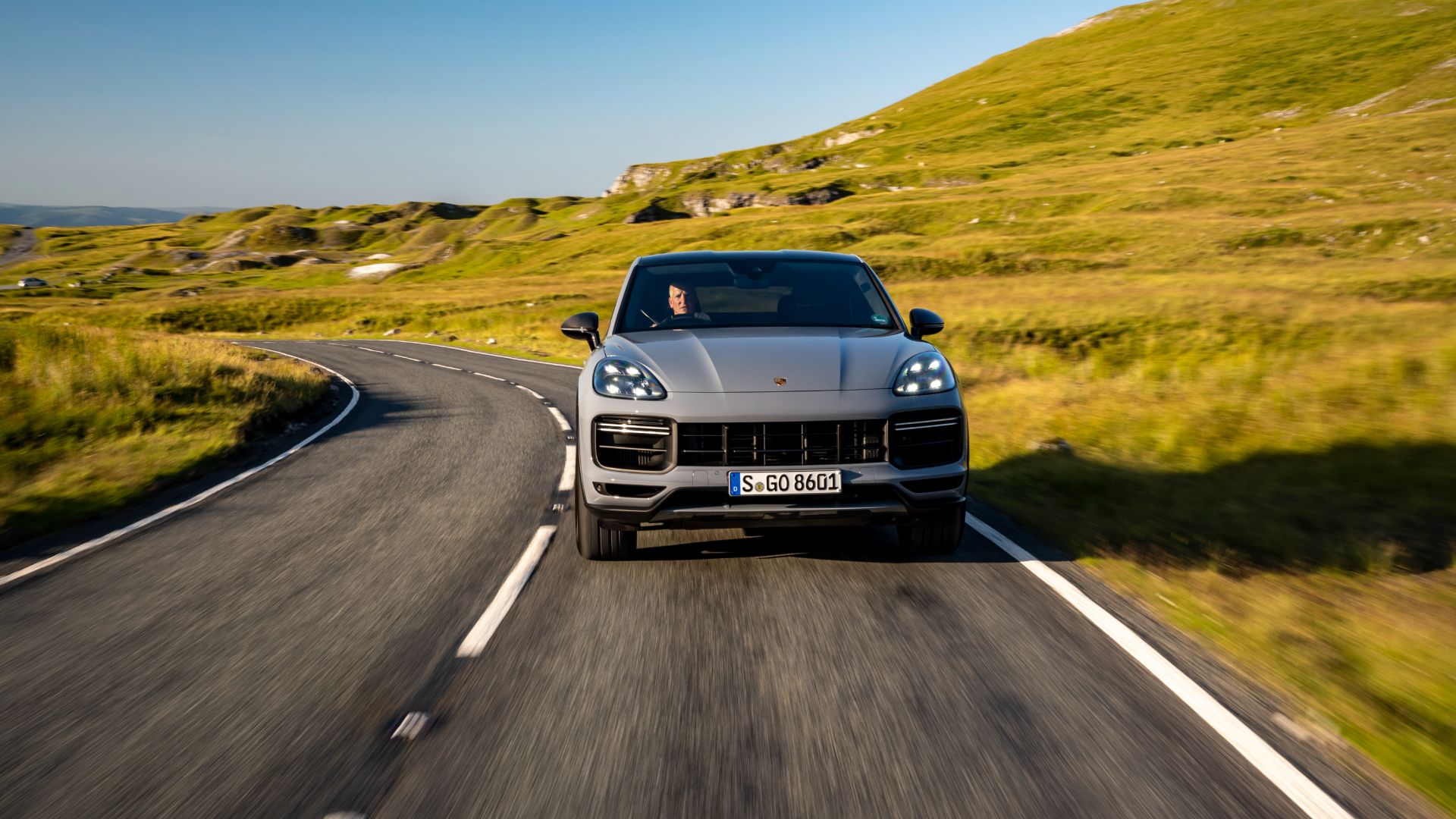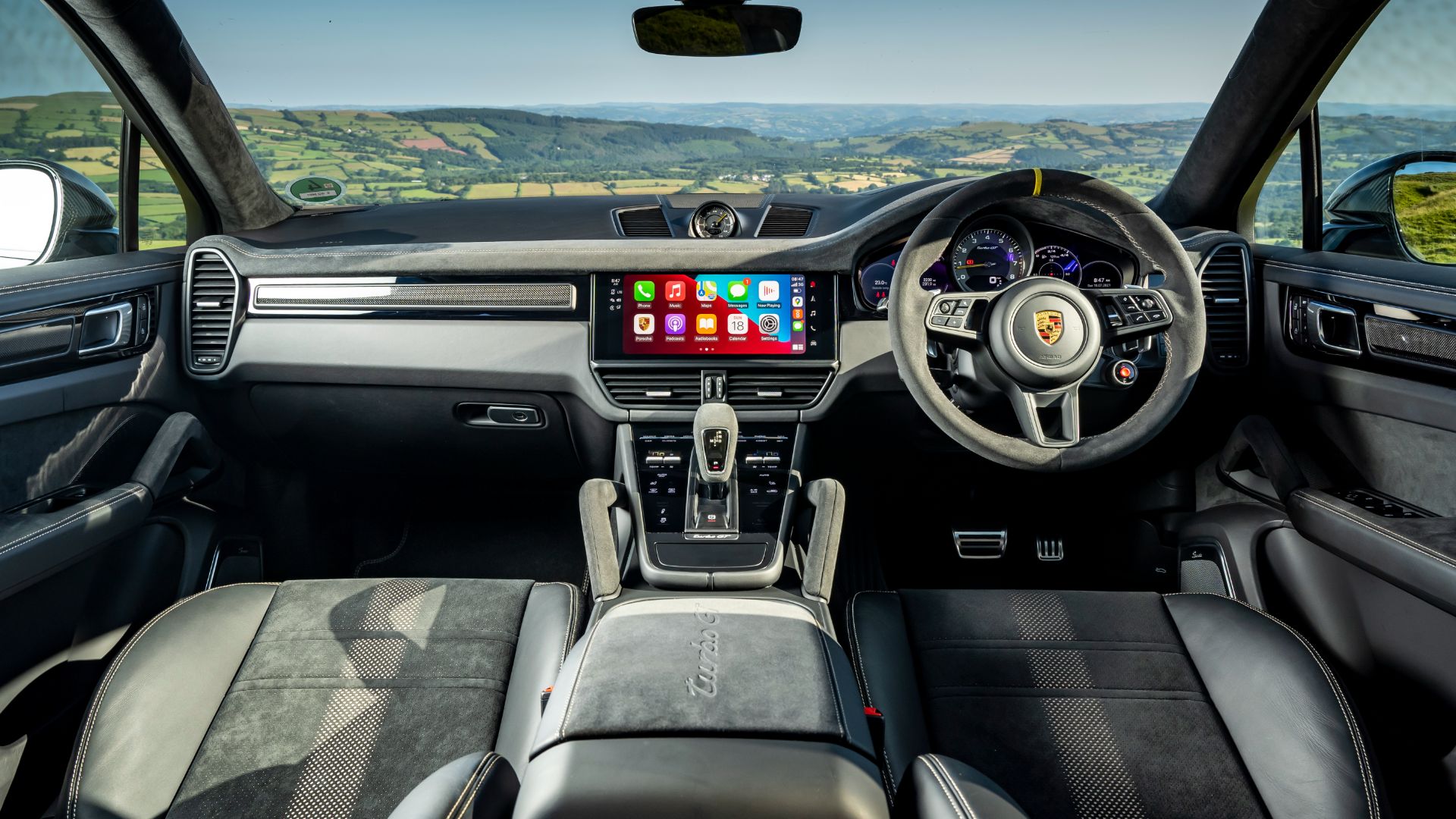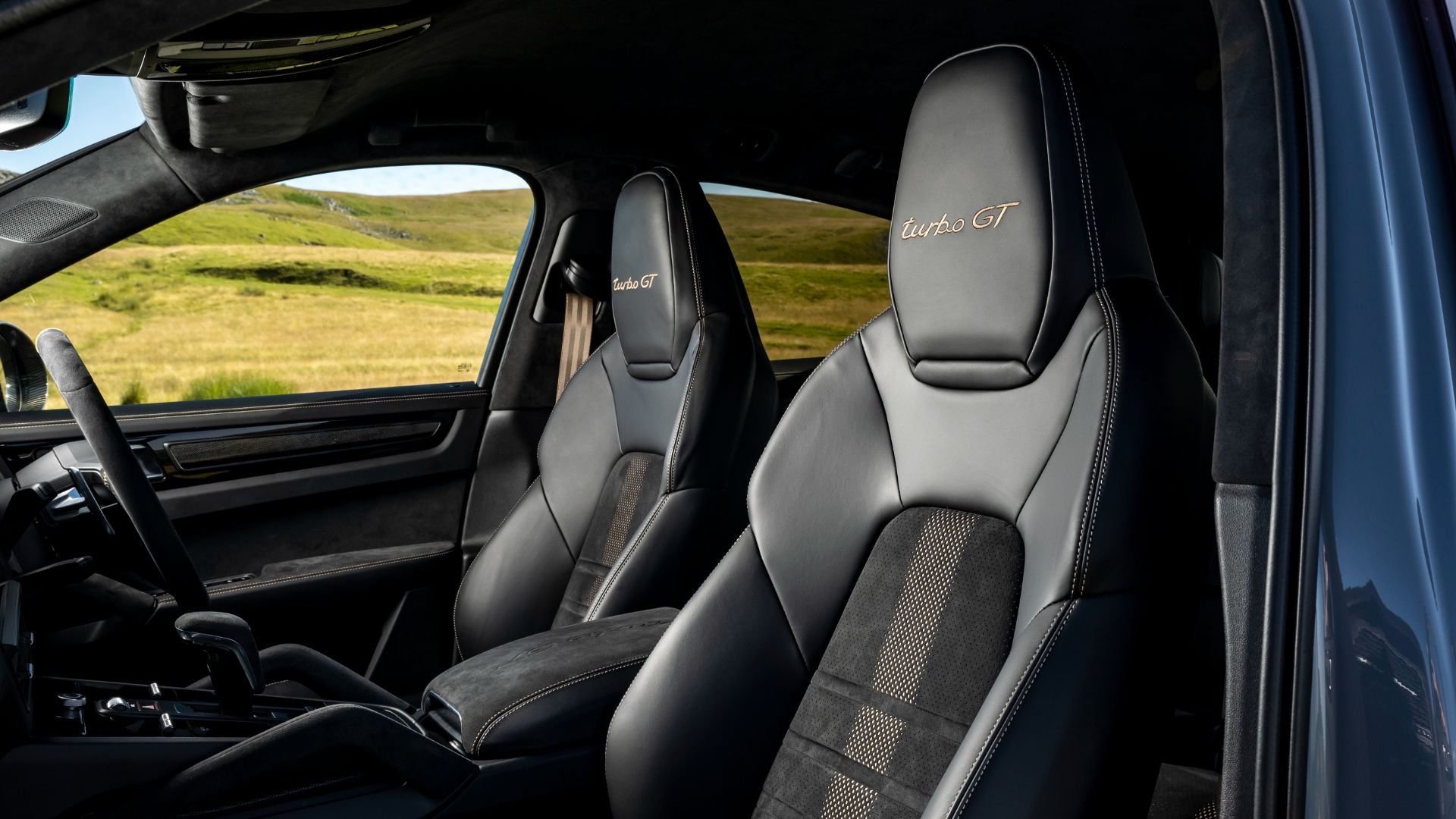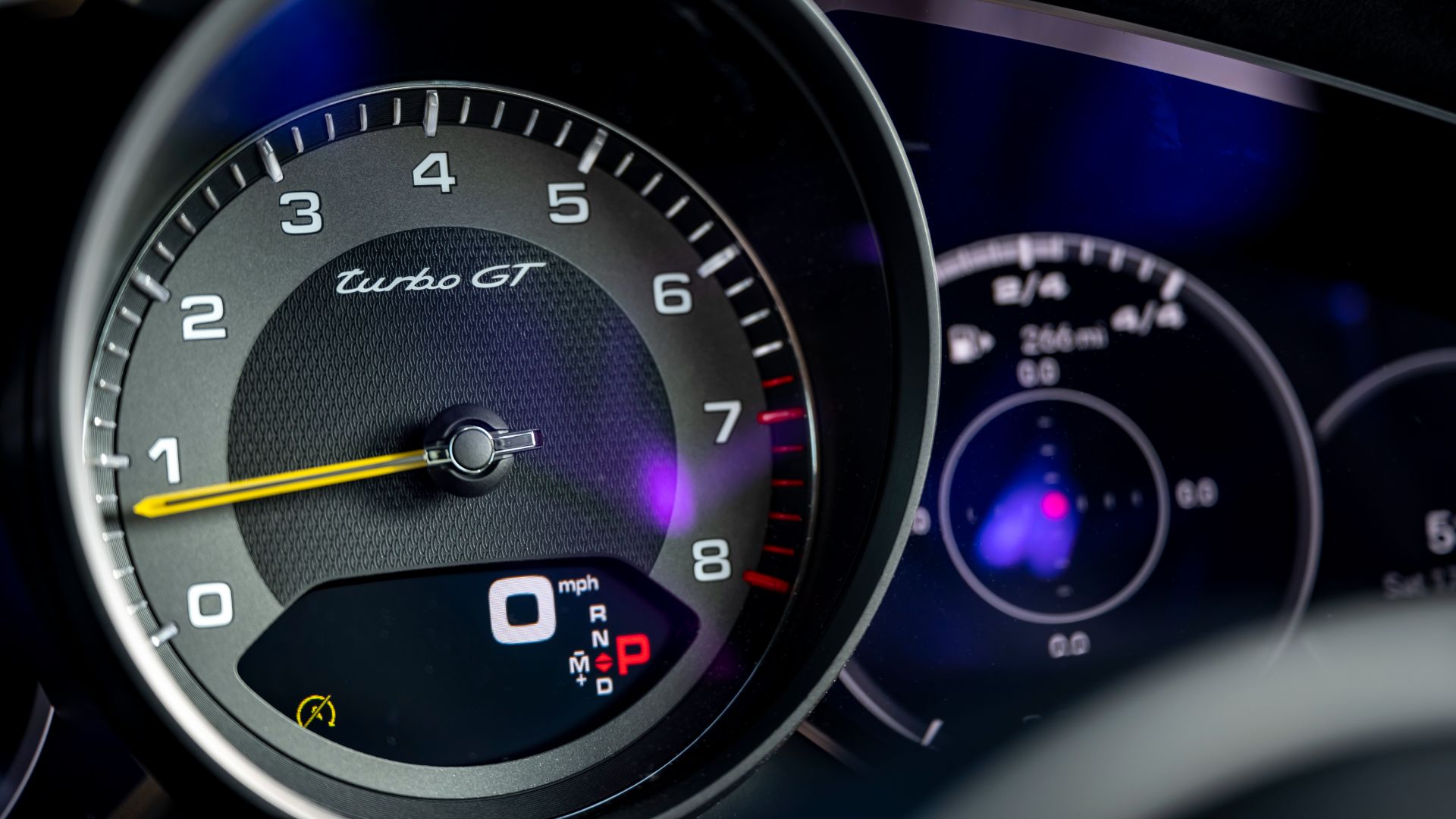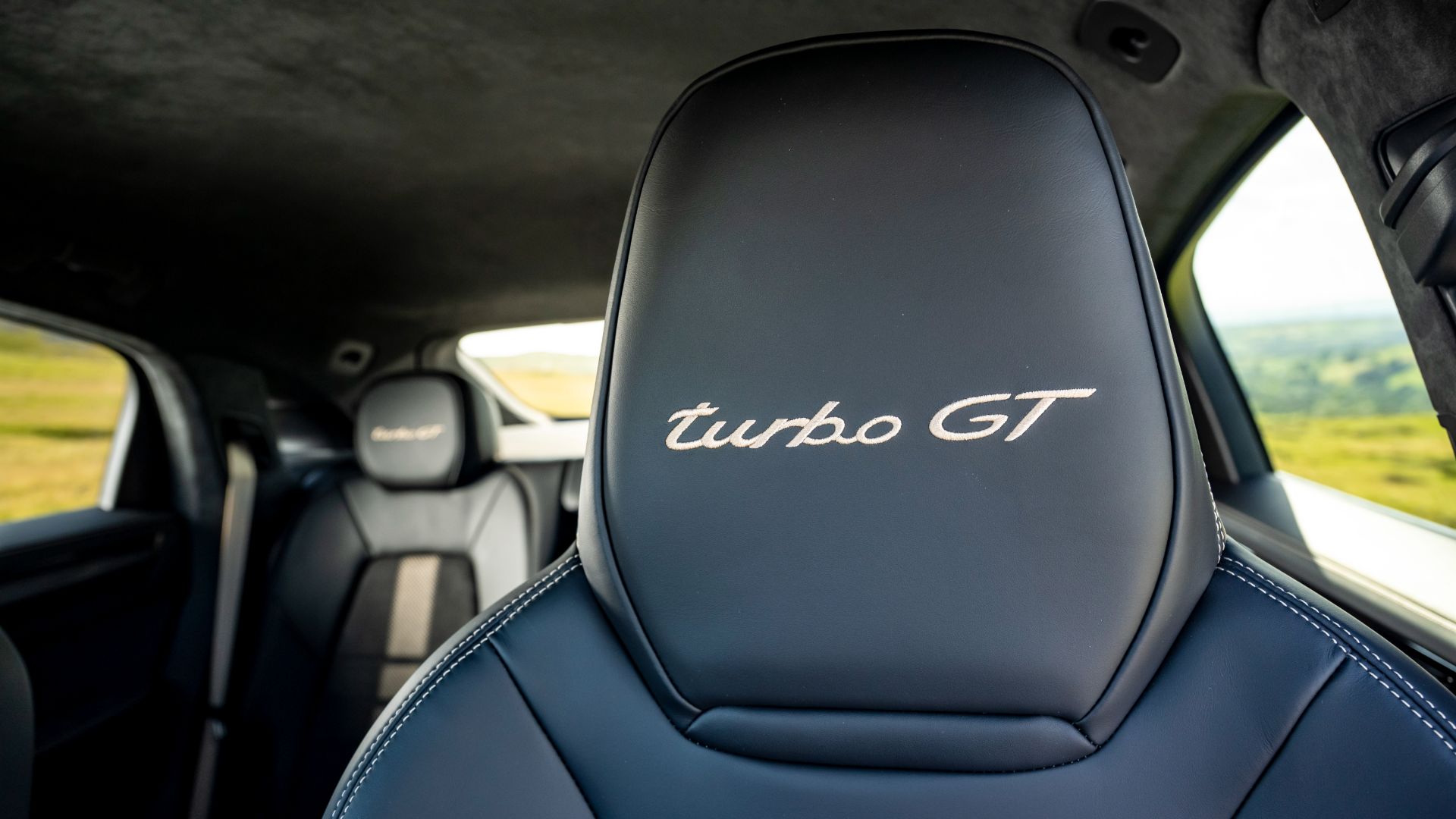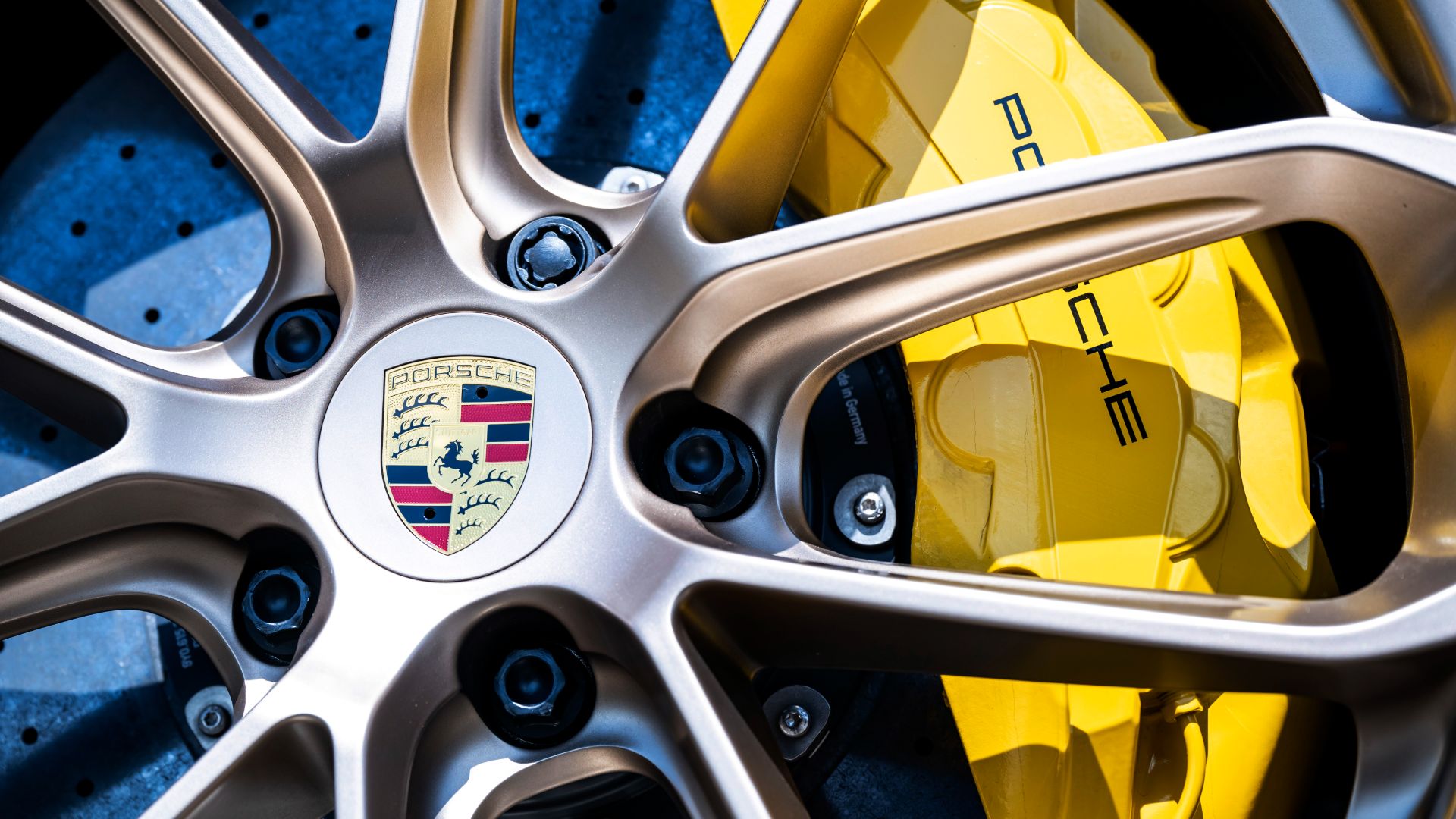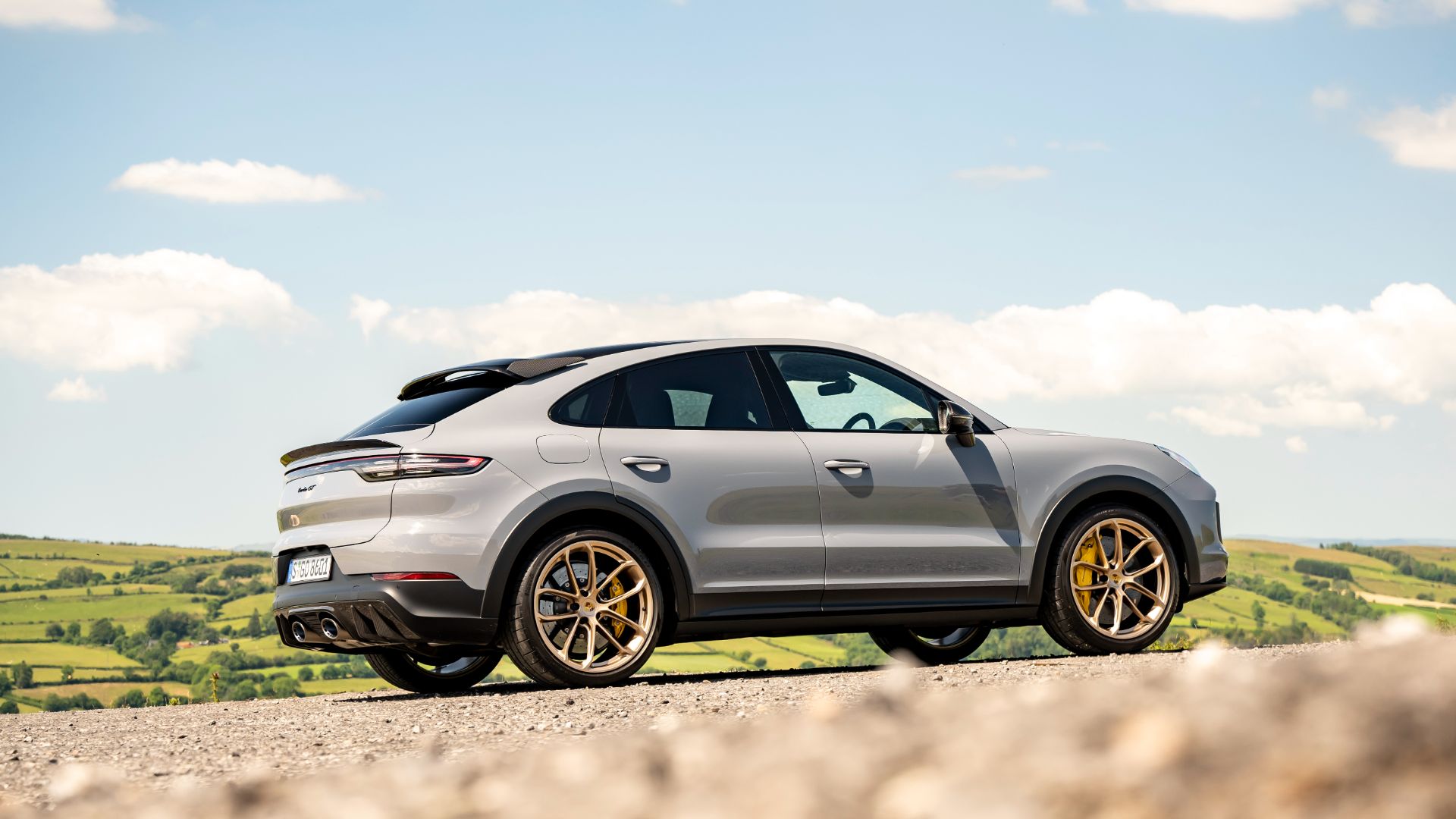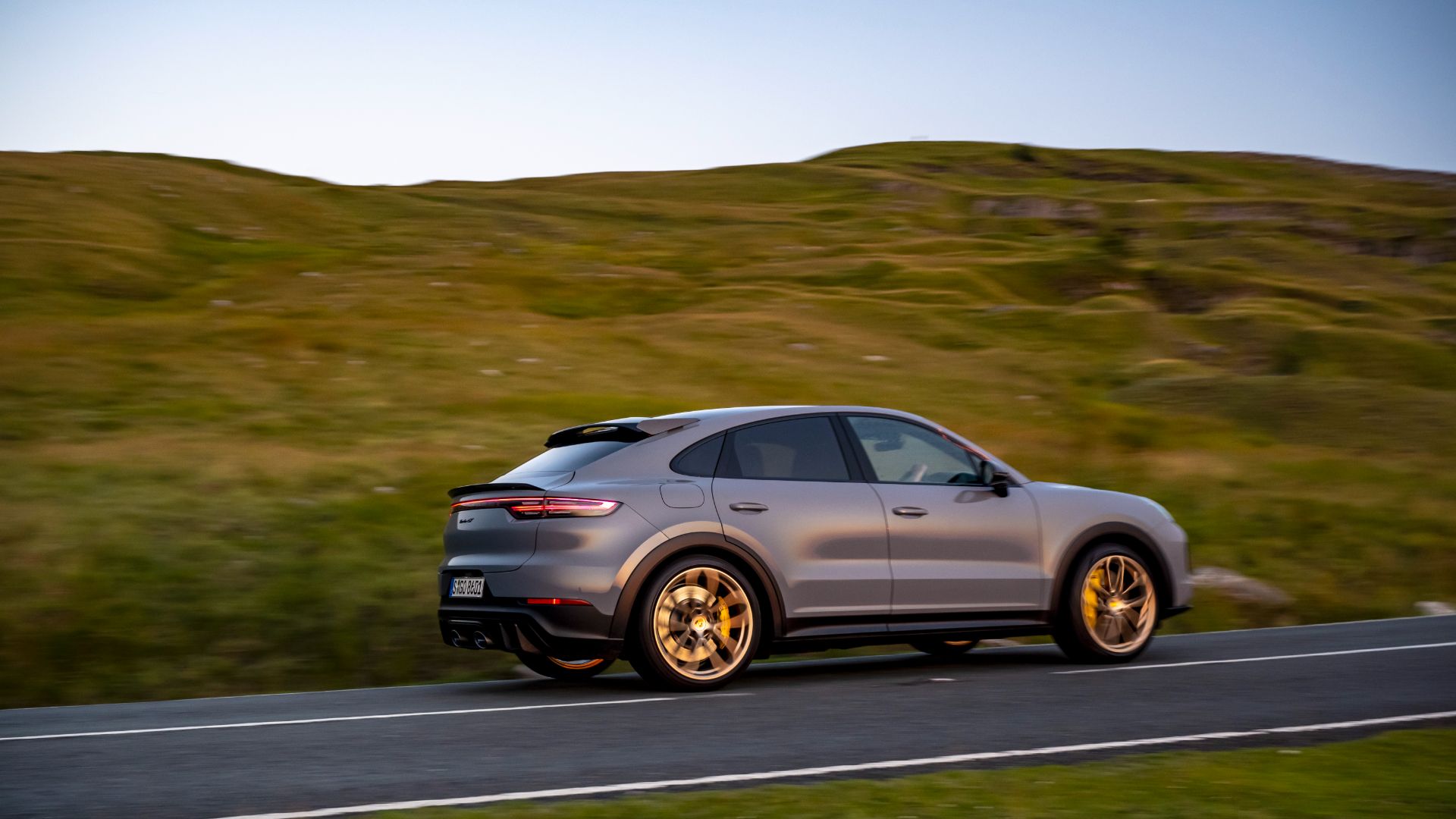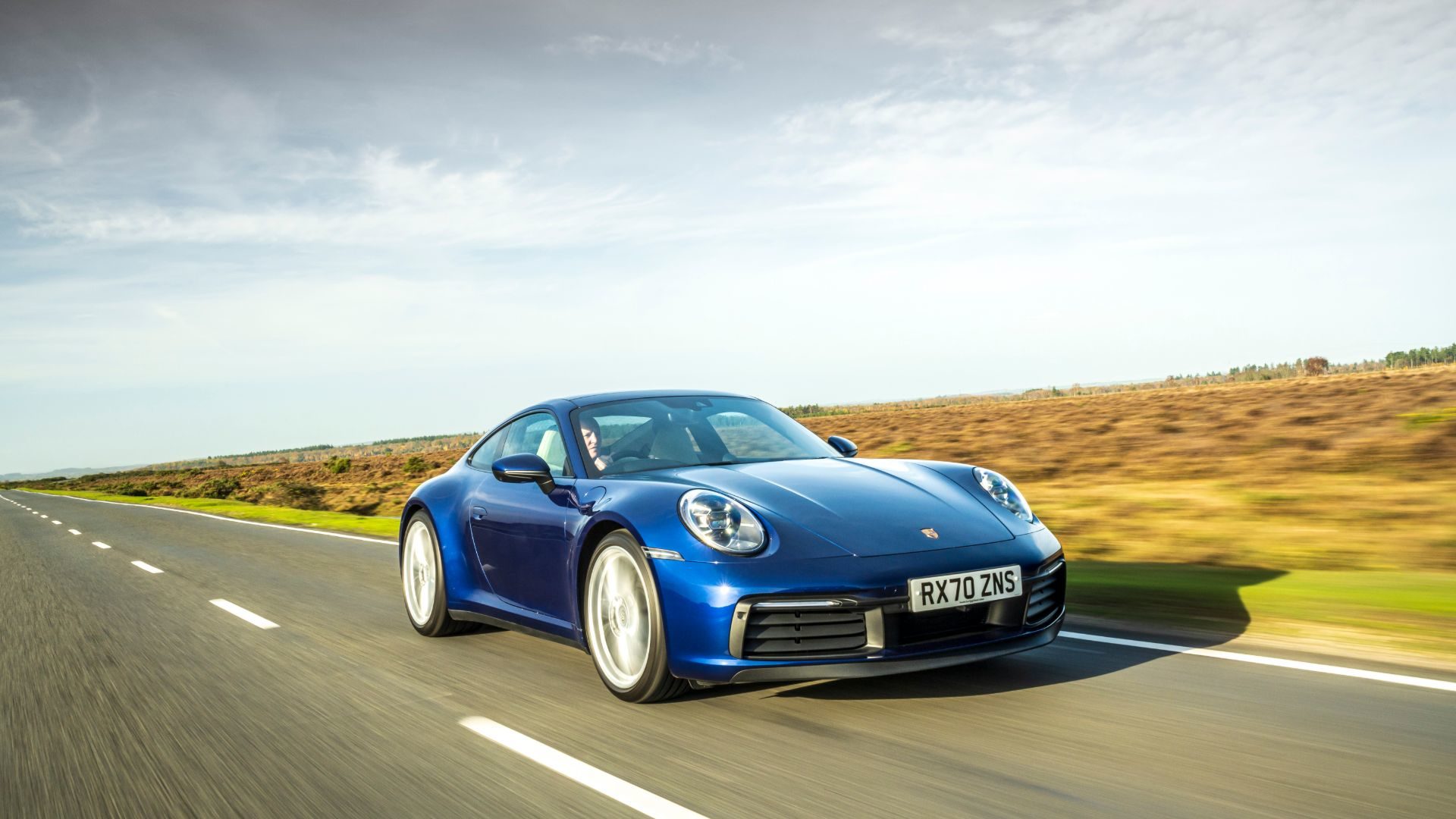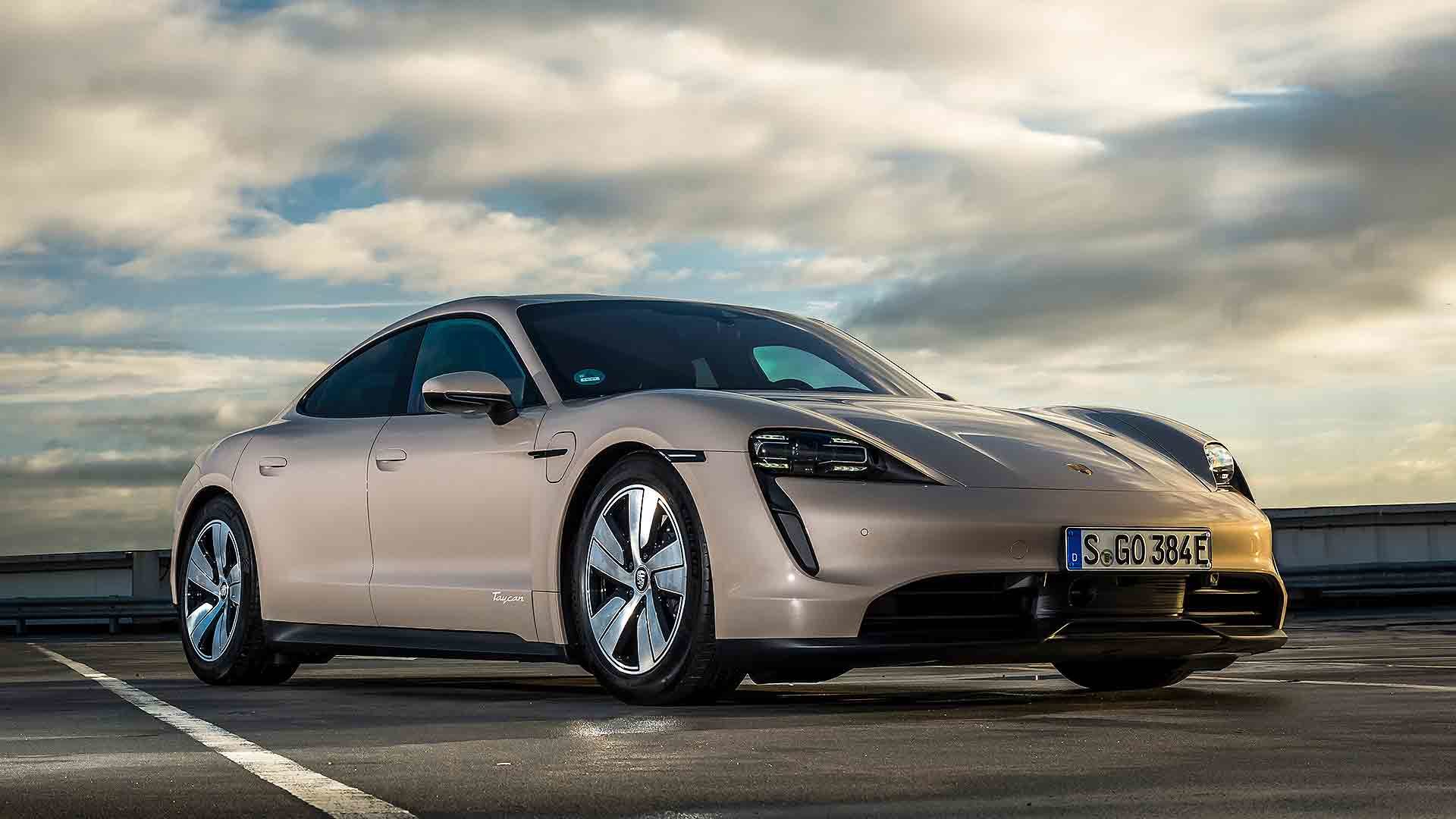If you haven’t seen Faszination on the Nurburgring, make a cup of tea, click open a new tab and enjoy some 24-carat YouTube gold. Filmed in 1987, the video shows test driver Stefan Roser manhandling a Ruf CTR ‘Yellowbird’ around the German circuit, biceps sawing at the wheel as he drifts every one of its 170 corners. Occasionally, there’s a glimpse of his feet pumping the pedals, clad in loafers and white socks. Hey, it was acceptable in the 1980s.
Back in its day, this modified Porsche 911 was billed as the world’s fastest production car. The Yellowbird’s 3.4-litre twin-turbocharged flat-six was good for 476hp and a verified top speed of 211mph – quicker than a Ferrari F40 or Porsche 959. With Roser in the driving seat, it also lapped the Nordschleife in 8min 5sec, an unofficial record that stood for several years.
Fast-forward a few decades and a 2.2-tonne SUV has trimmed almost half a minute from that time: 7min 38.9sec, to be exact. Ouch… sorry Stefan. Still, the Porsche Cayenne Turbo GT is hardly a typical family 4×4. Its name acknowledges the role of Porsche’s GT division in its development, including many miles pounding around the Green Hell. We know it’s bonkers-quick, then, but have the go-faster masters behind the 911 GT3 and Cayman GT4 made a compelling car for the road?
Cayenne with added spice
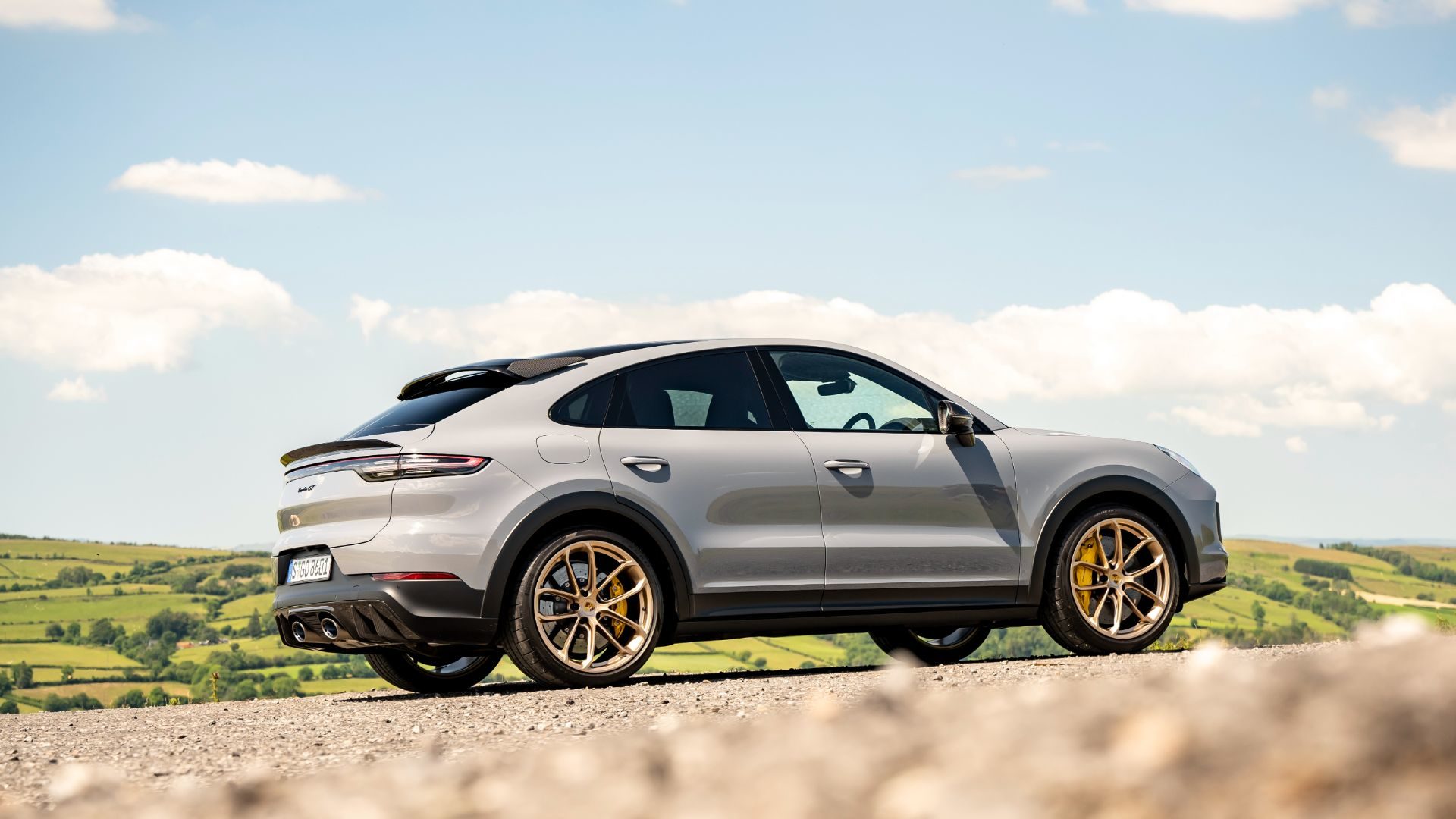
Surprisingly, the Turbo GT isn’t the most powerful Porsche Cayenne you can buy. Its 4.0-litre V8 musters 640hp, up 90hp over the regular Turbo thanks to modified internals, uprated cooling, 0.1 bar of extra boost pressure and an 18kg-lighter titanium exhaust. Even so, the 680hp Turbo S E-Hybrid remains top dog.
When it comes to performance, though, the Turbo GT asserts its authority. Use launch control and it blitzes to 62mph in 3.3 seconds and won’t hit the buffers until 186mph. Figures for the heavyweight E-Hybrid are 3.8 seconds and 183mph respectively.
Of course, the tables are turned when it comes to fuel economy, with the electrified Cayenne returning up to 74.3mpg and CO2 emissions from 87g/km in official tests. The Turbo GT manages a decidedly old-school 20.0mpg and 319g/km. At least you’ll earn plenty of Nectar points.
Need for speed
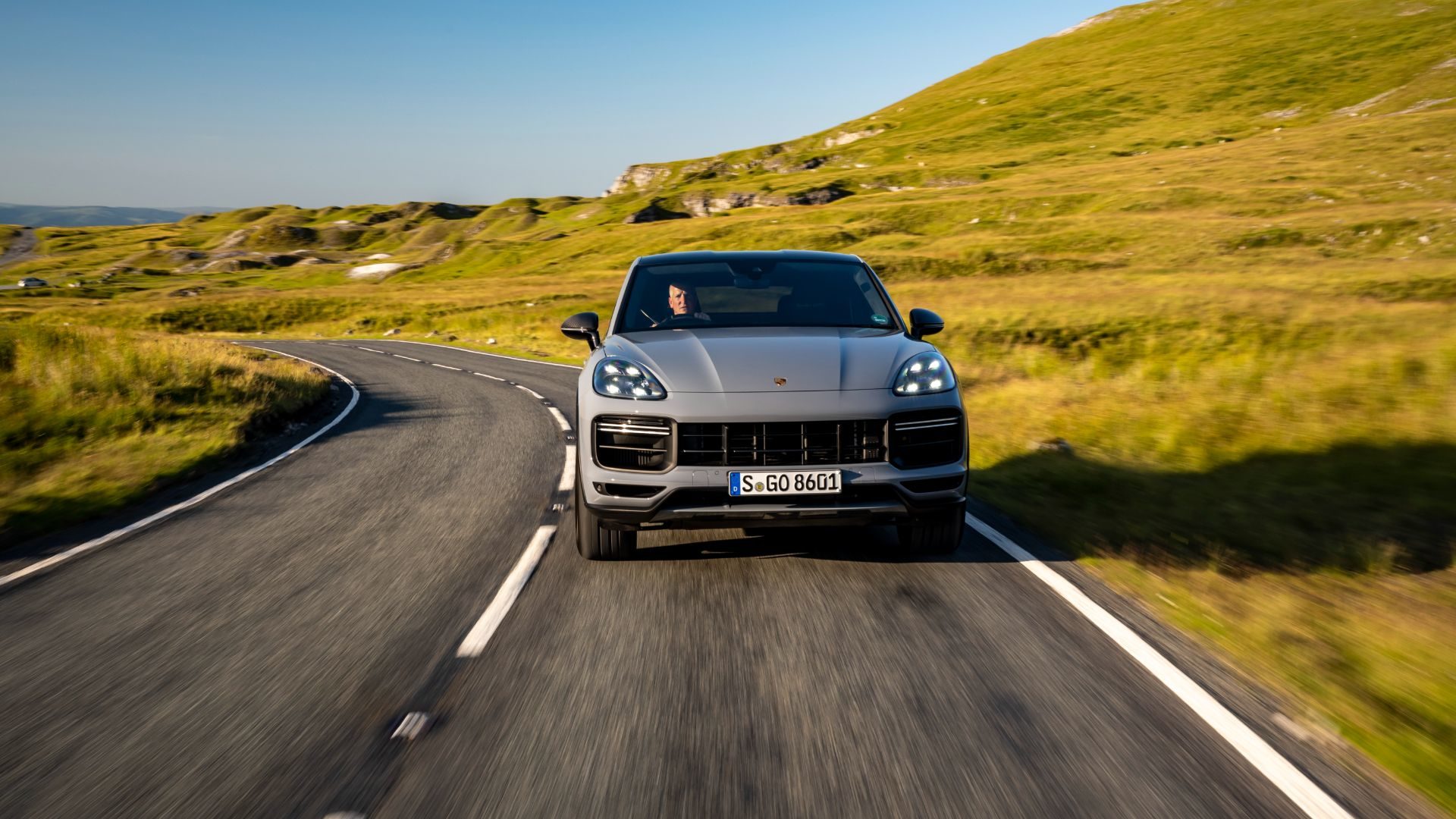
If you can afford £143,910, though – £12,500 more than the E-Hybrid – the cost of fuel probably isn’t a major concern. And while the retail price of a Porsche is usually just a baseline, soon to be quickly inflated by costly options, the Turbo GT already comes fully-loaded.
For a start, you get every piece of chassis tech the Cayenne has in its arsenal. That means three-chamber air suspension, rear-wheel steering, torque vectoring by braking, active anti-roll bars, a water-cooled differential and carbon-ceramic brakes. It also rides 17mm lower than the Turbo, with 22-inch wheels (finished in eye-catching ‘Neodyme’ gold on my test car), bespoke Pirelli P-Zero Corsa tyres, a wider front track and more camber.
Nobody would call the Turbo GT pretty, but it sure has presence. Cosmetic changes are equally governed by the need for speed, including larger front air intakes, a new diffuser and an extended tailgate spoiler that generates real downforce: 40kg more at top speed.
Automatic for the people
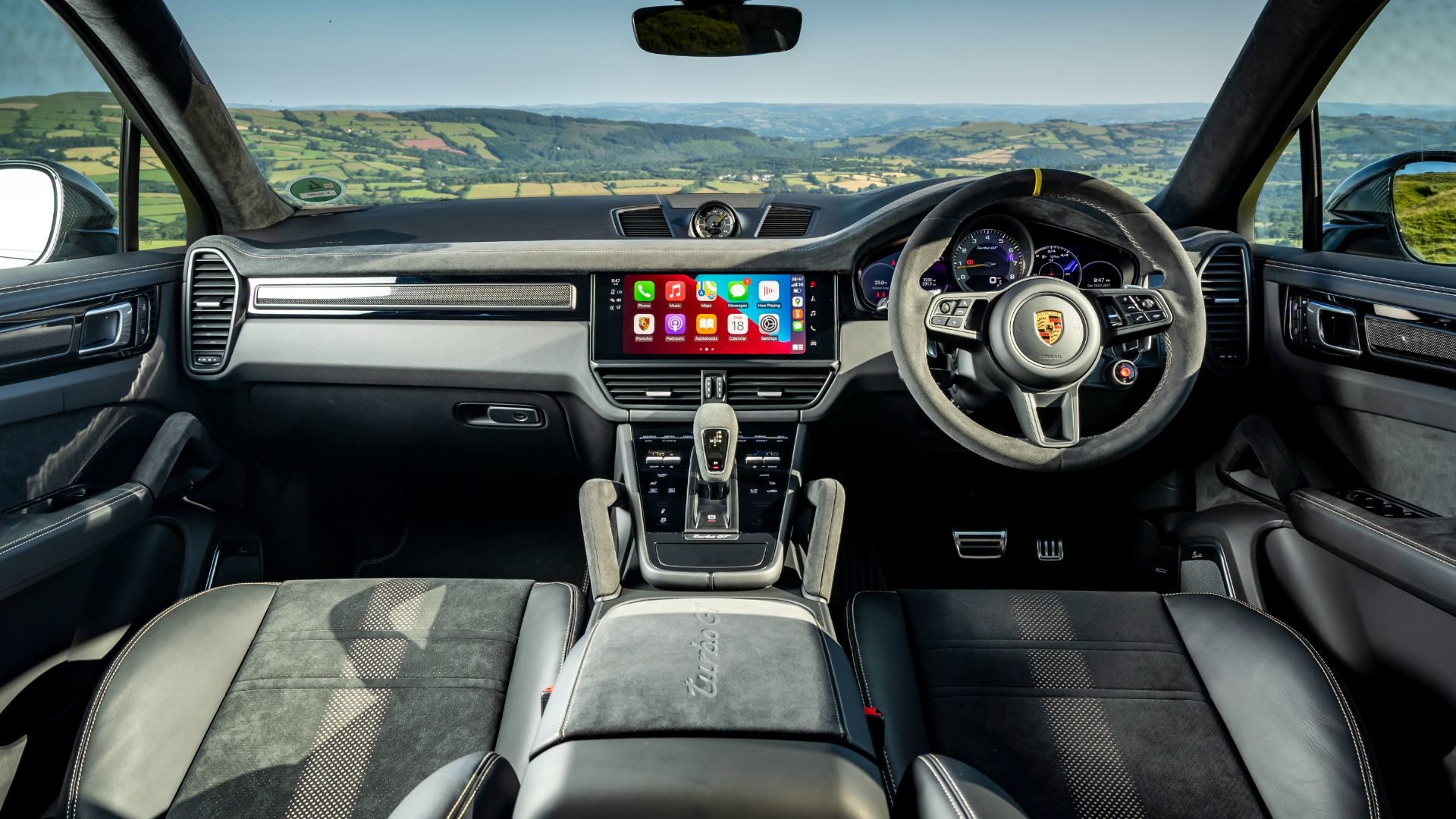
The flagship Cayenne only comes as a Coupe, with four individual seats and less rear headroom than the square-backed SUV. However, a cavernous 549-litre boot means you still can tackle the tip-run on your way to a trackday.
Clamber inside and you’re ensconced in floor-to-ceiling Alcantara, which is embossed with the Porsche crest on the wide centre console. You sit in a big-bolstered sports seat, hands gripping the small steering wheel. Its motorsport-style yellow centre marker seems superfluous on an SUV, although the GT division did, thankfully, resist the urge to fit fabric door-pulls.
Overall, the cabin feels far classier than the rival – and closely-related – Lamborghini Urus. Porsche’s widescreen HD media system is a notable highlight.
Unlike the most hardcore 911s, the Turbo GT uses a traditional eight-speed automatic gearbox, not a twin-clutch PDK. What it loses in sheer speed, it gains in muscular towing ability: useful if you want to hitch a caravan behind those titanium tailpipes.
Forward through technology
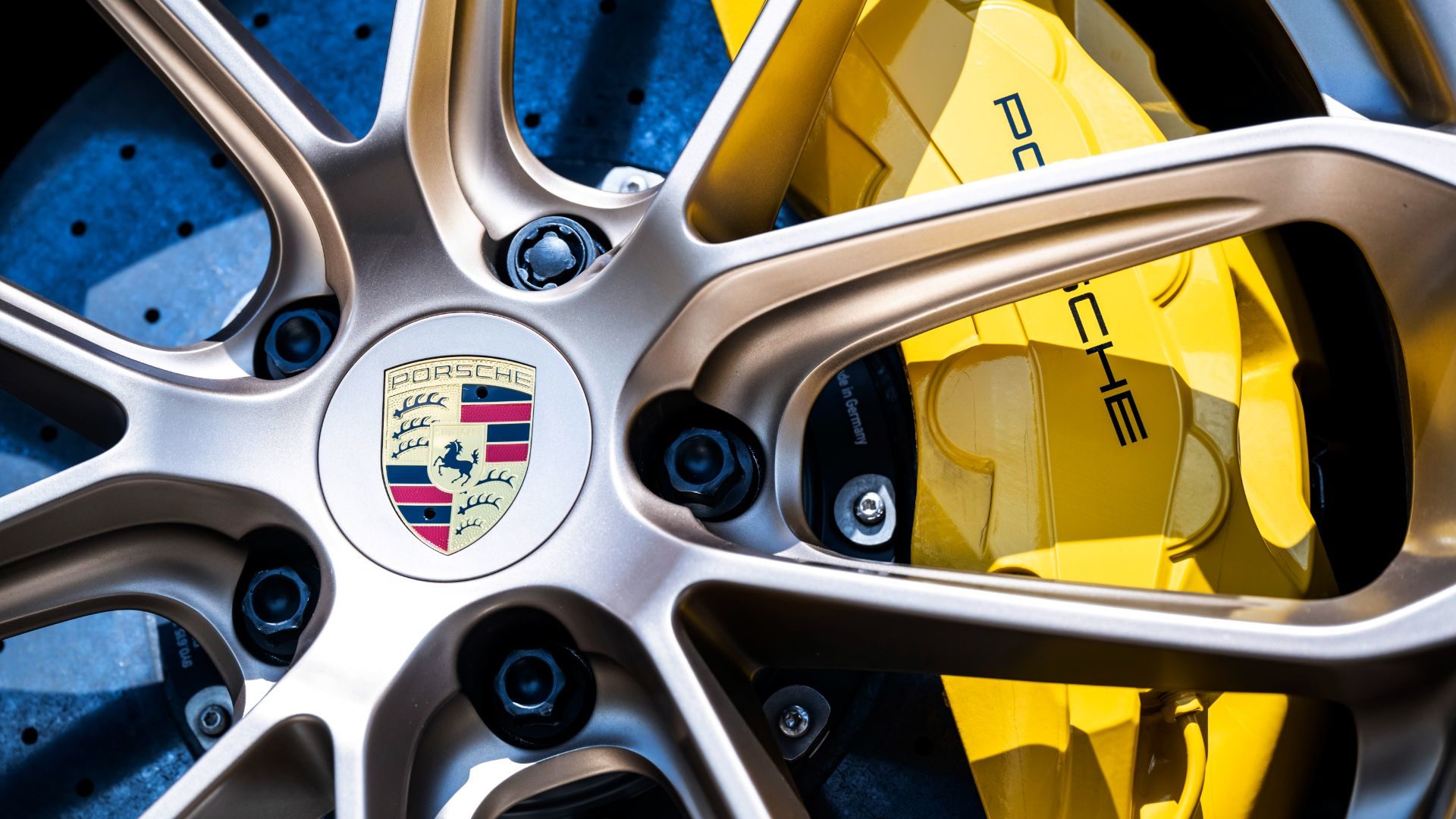
Porsche has a long history of making SUVs feel like sports cars, and the Turbo GT is the most extreme example yet. It feels absurdly agile. Point it at a series of bends and all that technology leaps into action, defying physics and banishing any sense of inertia.
The steering is weighty and deliciously direct; more fulsome in its feedback, I think, than any other large SUV. The brakes are mighty and the suspension feels tauter than a clenched muscle. The Cayenne seems to bend the road to its will, then crush it into submission.
That said, the ride in Sport mode gets wearing, while teeth-rattling Sport Plus is best reserved for the Nordschleife. Even in Normal, the Turbo GT doesn’t isolate you like many cars of its ilk. It’s more comfortable than a GT-badged 911, but you have to accept some compromise.
Batteries not included
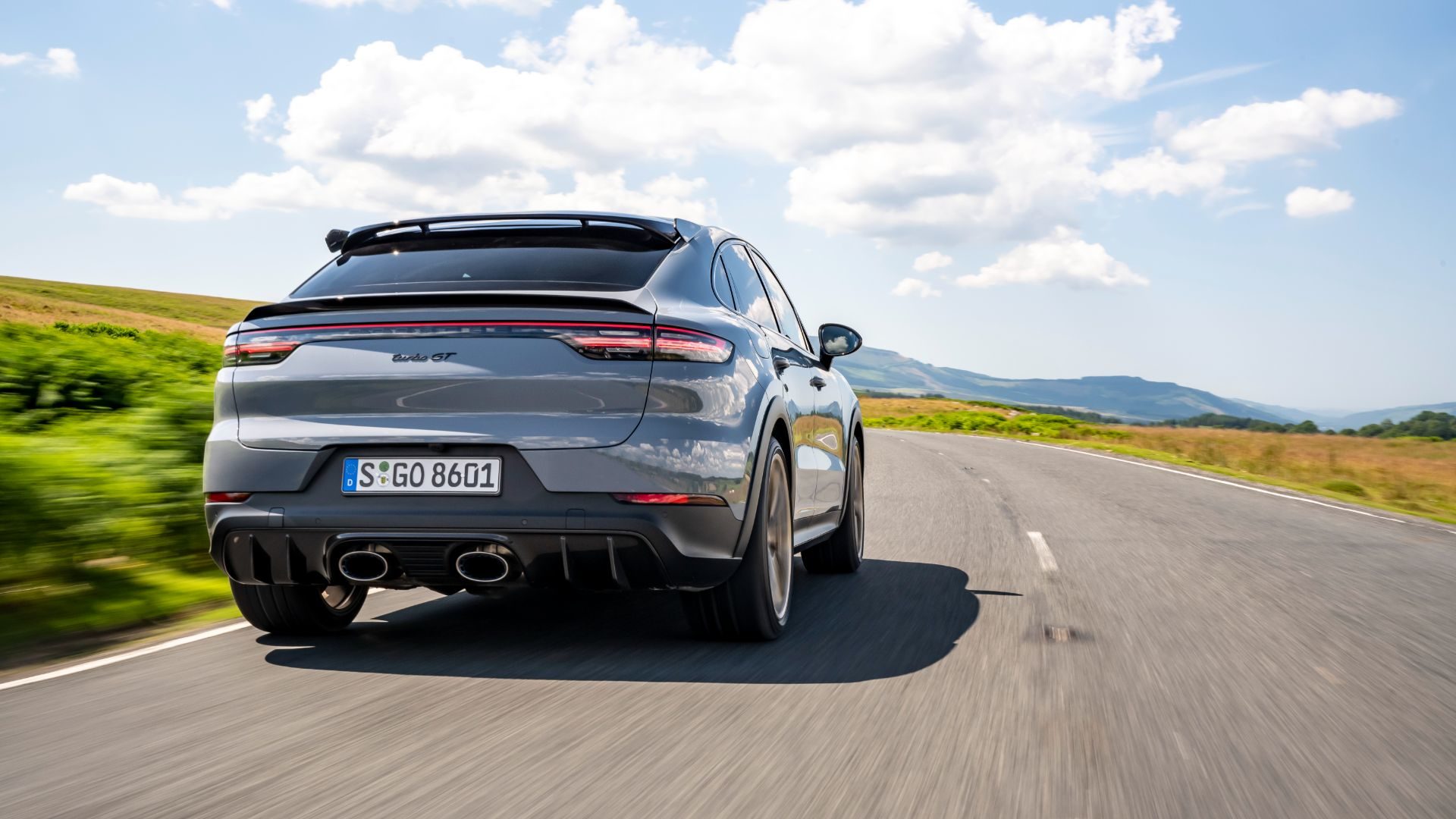
For all its apex-clipping ability, the Cayenne’s monstrous engine still steals the show. Stefan Roser needed to keep the Ruf CTR’s turbos constantly spooled up, but I could relax. The Turbo GT’s throttle response is so sharp, so immediate, it actually feels electrified – like a supplementary electric motor is dishing out instant torque. How ironic.
There’s no doubt you’re in a V8 once the yellow needle on the front-and-centre rev counter swings past 4,000rpm, though. The soundtrack hardens into an exultant roar and the gearbox gleefully romps through the ratios. Acceleration is explosive, well into speeds that are only acceptable on a German autobahn.
Opportunities to fully unleash such performance in the UK are rare, especially given the car’s considerable girth – a real worry on hedge-lined lanes. But when a road finally opens up, the Turbo GT takes aim, then rips a hole in the horizon.
Leave logic out of it
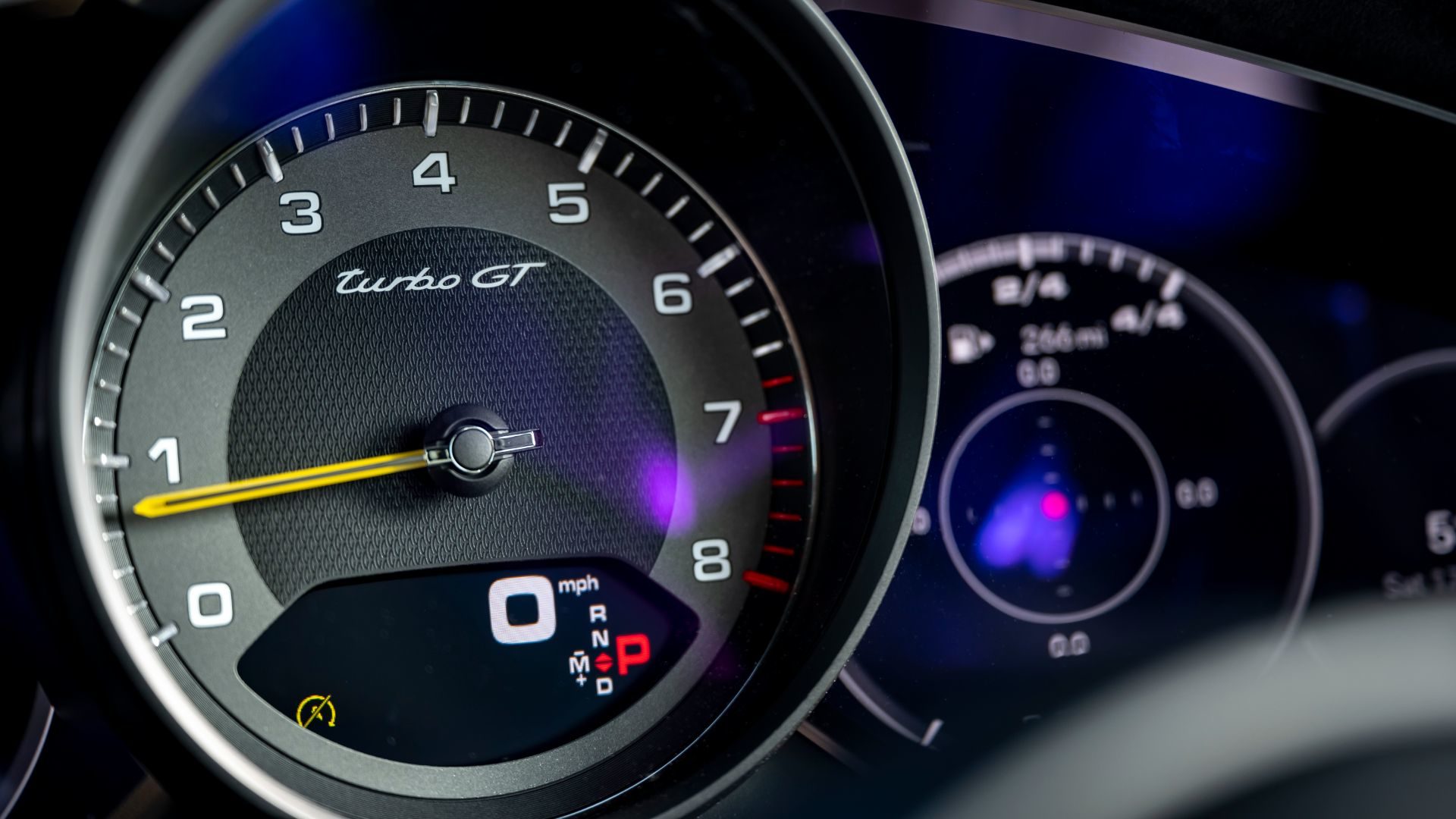
Like wearing loafers with white socks, the Turbo GT seems destined to fall from fashion. Its brand of profligate, petrol-powered performance will soon be legislated out of existence.
However, while we all recognise the inherent contradictions of a track-focused off-roader, I found it impossible not to enjoy this car. It’s both deadly serious and very silly, all at the same time. Proof, perhaps, that Germans do have a sense of humour.
Yes, you could go almost as quick in a 460hp Porsche Cayenne GTS for two-thirds of the price, but the Turbo GT defies such rational logic. If you want the fastest, most focused SUV of the lot, this is it.
ALSO READ:
Porsche Taycan Turbo S Cross Turismo 2021 review
The incredible barn-find Porsche 901 that pre-dates the 911
The story of the classic Porsche 911
